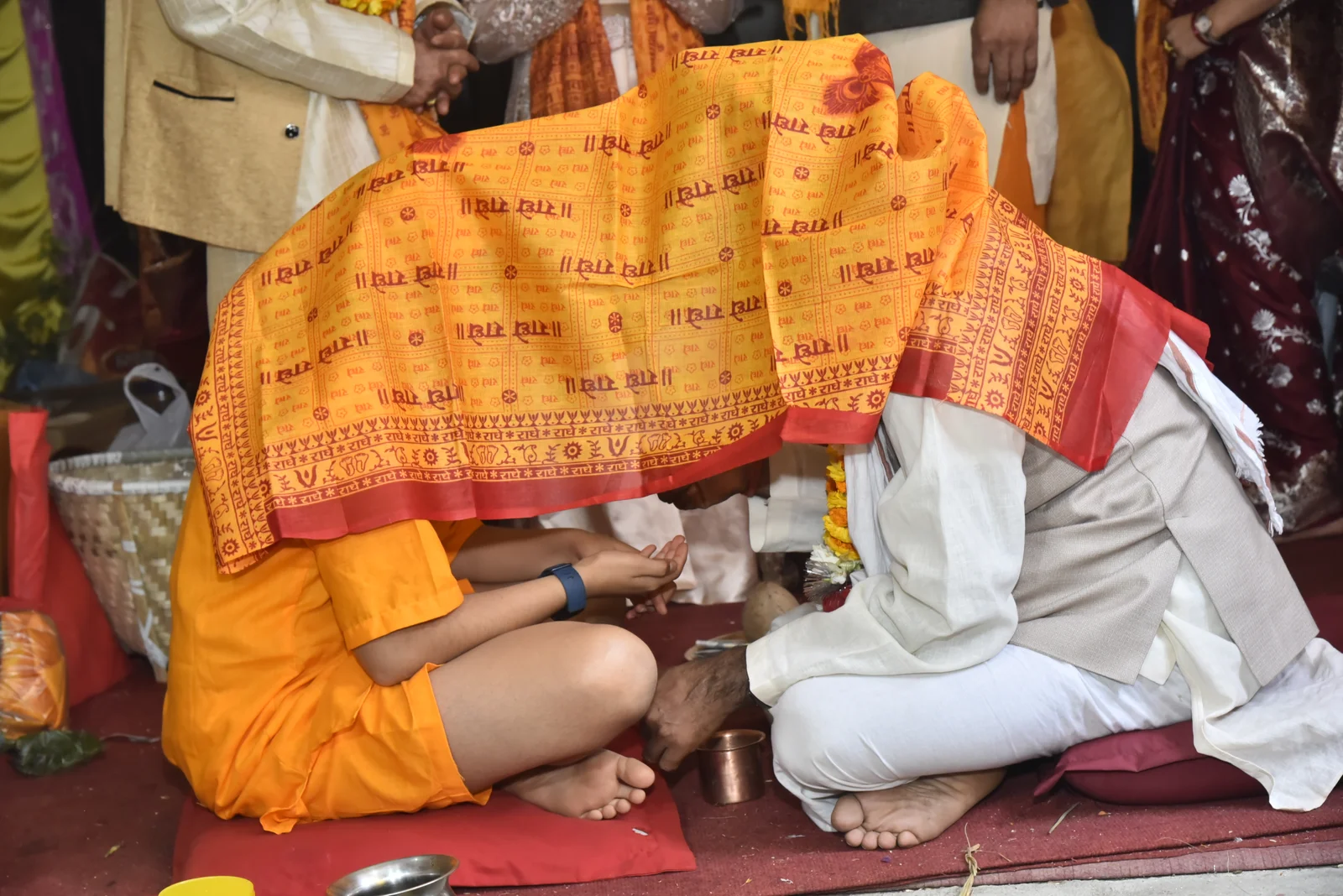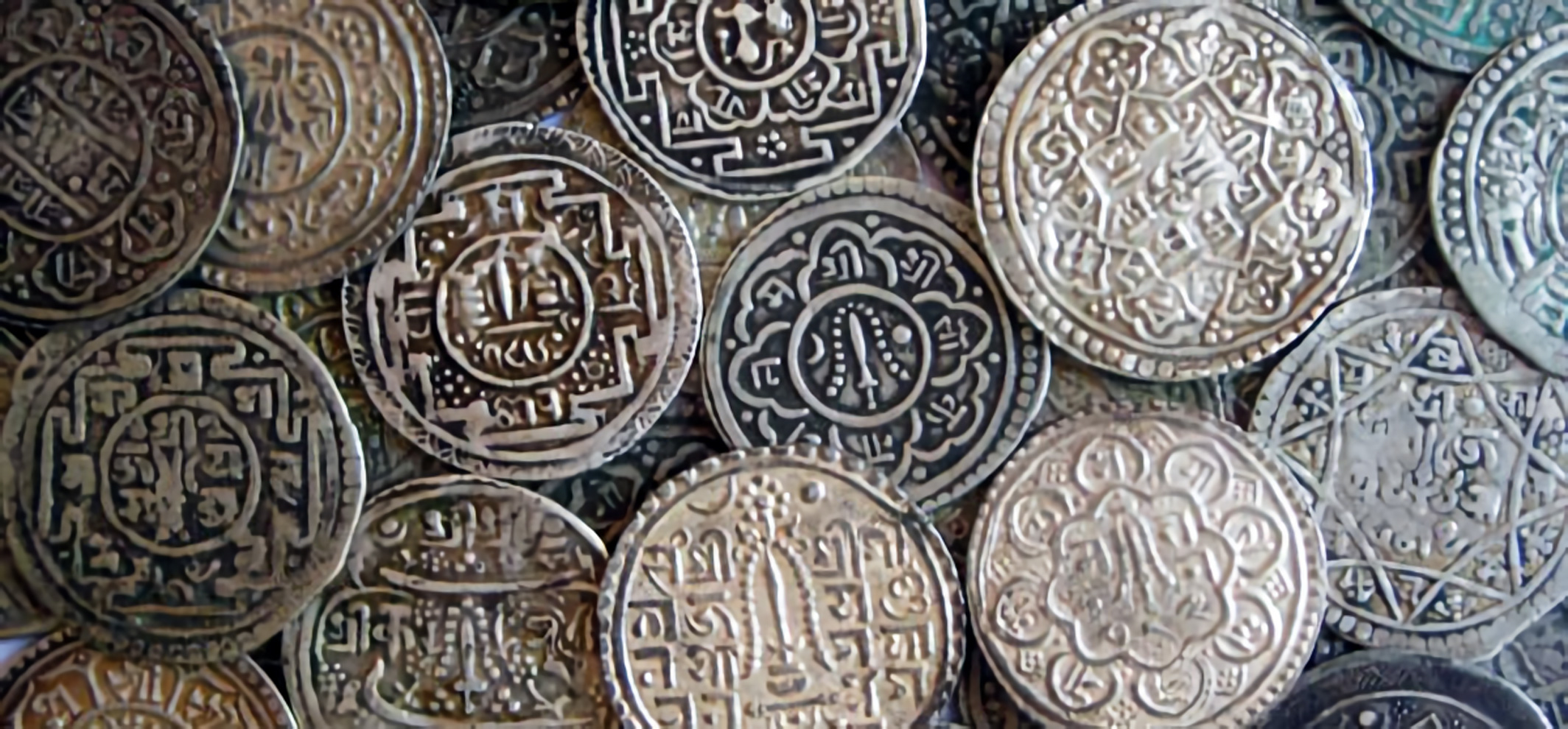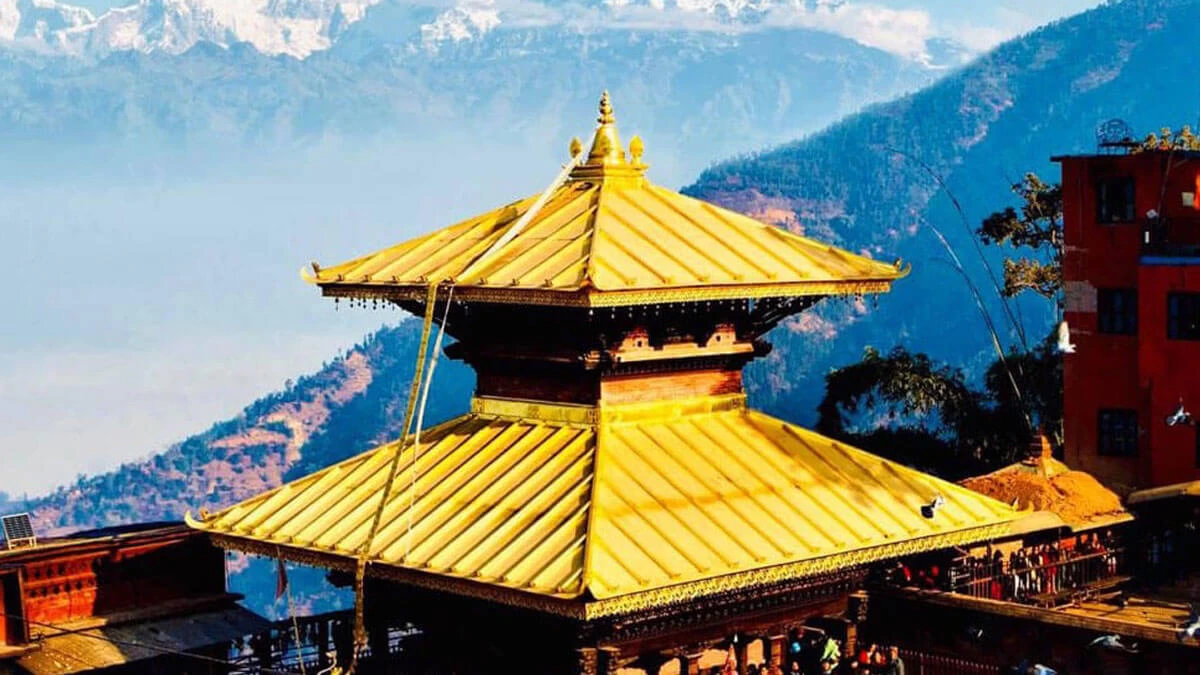Share this Article
A Forgotten Mercantile Legacy
Scattered across Nepal’s archaeological sites lie silent witnesses to a once-thriving commercial empire—ancient coins that tell the story of a land far more connected to the world than previously believed. These small pieces of metal, some dating back to the 5th century BCE, reveal Nepal not as an isolated mountain kingdom but as a vital hub in the vast Silk Road network. From the punch-marked coins of the Shakya period to the intricately inscribed mohars of the Malla dynasty, each coin carries imprints of cultural exchange, economic strategy, and diplomatic ties that stretched from the Gangetic plains to the deserts of Central Asia.
The Evolution of Nepalese Coinage
The journey of Nepal’s coinage mirrors its historical transitions. The earliest punch-marked coins, crude yet purposeful, bore symbols of local identity—horses, trees, and solar motifs—while simultaneously adopting Indian weight standards for wider trade acceptance. As the Licchavi dynasty rose, so did the sophistication of their currency. Gold and silver coins began featuring Sanskrit inscriptions, royal portraits, and deities like Vishnu and Lakshmi, blending spiritual iconography with political messaging. By the Malla period, coins became more standardized, with square silver pieces designed for easy transport along caravan routes and special temple tokens that doubled as both currency and religious offerings.
What makes these coins particularly fascinating is their hybrid nature. Licchavi gold coins, for instance, gradually reduced in weight to align with Tibetan preferences, while later Malla issues included dual-language inscriptions in Devanagari and Tibetan script. This adaptability speaks to Nepal’s role as a mediator between cultures—a place where Indian, Tibetan, and Chinese economic systems converged.
Nepal’s Pivotal Role in Silk Road Trade
The discovery of foreign coins in Nepal—and Nepalese coins abroad—paints a vivid picture of trans-Himalayan commerce. Persian dirhams, Chinese cash coins, and Tibetan tangkas have all been unearthed in Nepalese soil, often hoarded alongside local currency. These findings confirm that Nepal was more than just a stopover; it was an active participant in long-distance trade. Merchants moving between India and Tibet relied on Nepalese silver to purchase goods like Tibetan salt, Central Asian turquoise, and Chinese silk. Some coins even traveled as far as the Taklamakan Desert, where Nepalese designs influenced local minting traditions.
Buddhist monasteries played an unexpected role in this monetary network. Stupas and vihars often served as de facto banks, safeguarding coins from different regions and issuing pilgrimage tokens that functioned like early traveler’s checks. The presence of Nepalese silver in far-flung monasteries—from the Yangtze River to the Tarim Basin—hints at a sophisticated system of religious and economic exchange.
Modern Discoveries and Challenges
Recent archaeological techniques have unlocked new layers of understanding. Advanced metallurgical analysis reveals that Licchavi gold was sourced from Nepalese riverbeds, while Malla-era copper contained traces of African ore—proof of connections extending to the Indian Ocean trade. Laser imaging has resurrected faded inscriptions, uncovering forgotten trade agreements and royal decrees.
Yet these discoveries face urgent threats. Looting has stripped many sites of their numismatic heritage, and climate change accelerates the decay of buried coin hoards. Perhaps most critically, the traditional Newar metalworking techniques that produced these coins are fading into obscurity.
Coins as Cultural Ambassadors
Beyond their economic function, Nepal’s ancient coins were cultural ambassadors. A single Malla-period mohar might feature:
- Sanskrit verses for Hindu traders
- Tibetan numerals for northern merchants
- Chinese seal marks for border officials
- Persian weight markings for Central Asian markets
This multilingual, multi-religious coinage made Nepalese currency universally accepted across the Silk Road—a testament to the country’s historical role as a crossroads of civilizations.
Preserving a Metallic Legacy
The study of these coins is more than academic; it’s a reclamation of Nepal’s place in world history. Initiatives to catalog surviving coins, revive traditional minting methods, and educate the public about this heritage are crucial. For in these small metal discs lies irrefutable proof that the Himalayas were never a barrier, but rather a bridge—one that carried not just goods and gold, but ideas, faith, and cultural identity across continents and centuries.
Conclusion
Nepal’s ancient coins are more than relics of commerce—they are miniature archives of a civilization that thrived at the crossroads of empires. Each weathered inscription and faded motif whispers stories of merchant caravans scaling mountain passes, of Buddhist monks carrying both scriptures and silver, and of kings who minted their ambitions in gold. These coins prove that Nepal was never a peripheral player but rather a vital nexus in the Silk Road’s sprawling network, where cultures converged and economies intertwined.
Categories:
History & Heritage
Tags:
coin







